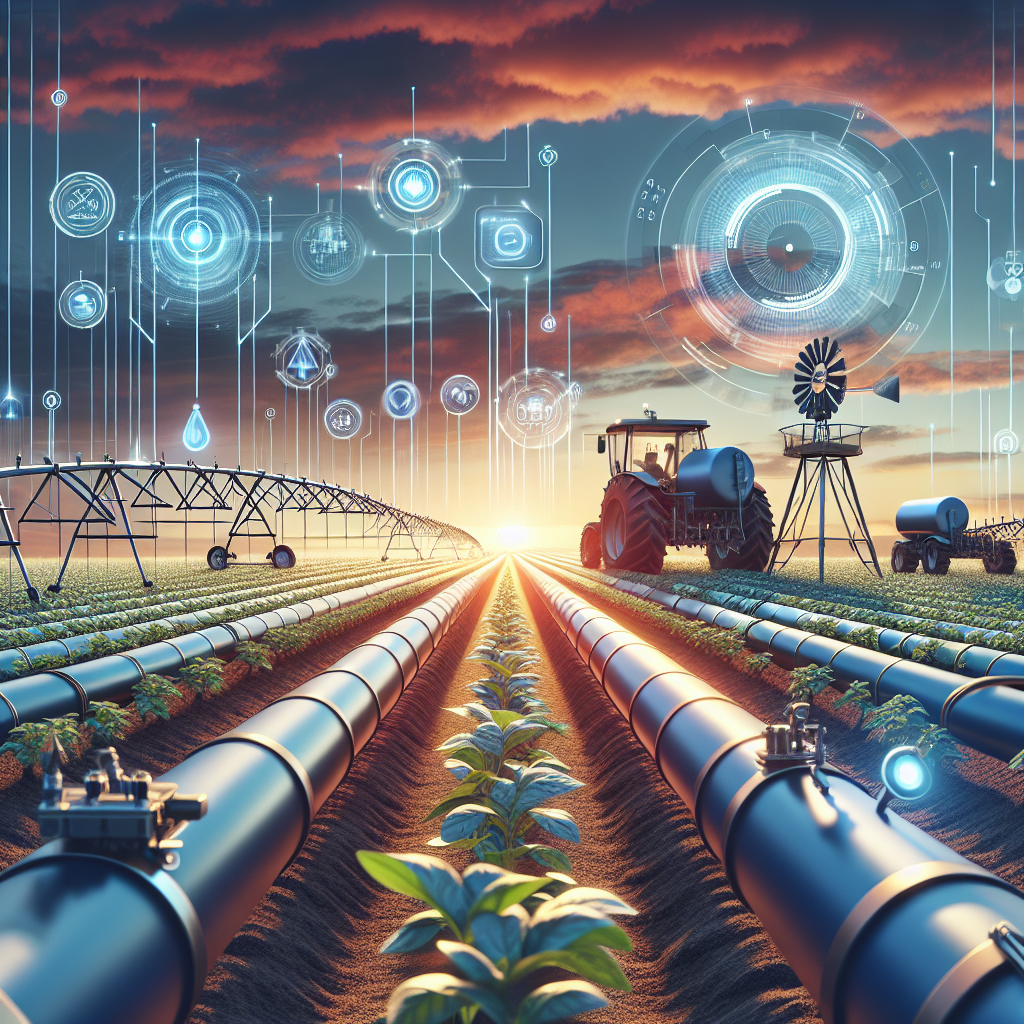Slow drip irrigation is a method of delivering water directly to plant roots in a slow and controlled manner, allowing for efficient water use and minimal wastage. This technique has gained popularity in recent years due to its many advantages over traditional irrigation methods. One key factor that has played a significant role in advancing slow drip irrigation is technology.
Technology has revolutionized the way we approach agriculture and water management, and slow drip irrigation is no exception. From smart sensors to automated systems, technology has greatly enhanced the efficiency and effectiveness of slow drip irrigation systems.
One of the key advancements in technology that has greatly improved slow drip irrigation is the development of smart sensors. These sensors are capable of monitoring soil moisture levels, temperature, humidity, and other environmental factors in real-time. This data is then used to adjust watering schedules, ensuring that plants receive the right amount of water at the right time.
Smart sensors allow farmers to optimize water usage, reduce waste, and prevent overwatering or underwatering crops. By using this data-driven approach, farmers can improve crop yields while conserving water resources.
Another technological advancement that has advanced slow drip irrigation is the development of automated systems. These systems can be programmed to automatically turn on and off based on preset parameters such as soil moisture levels or time of day. This eliminates the need for manual intervention, saving time and labor costs.
Automated systems also allow for precise control over watering intervals and durations, ensuring that plants receive consistent and uniform moisture throughout the growing season. This level of precision can lead to healthier plants with increased yields.
Furthermore, advances in remote monitoring technology have allowed farmers to monitor their irrigation systems from anywhere in the world using a smartphone or computer. This real-time data allows farmers to make immediate adjustments to their irrigation schedules based on changing weather conditions or plant needs.
In addition to smart sensors and automated systems, advancements in materials science have also played a role in advancing slow drip irrigation technology. New materials such as durable plastic tubing and emitters have made it easier and more cost-effective to install drip irrigation systems on a large scale.
These materials are designed to withstand harsh weather conditions, resist clogging from sediments or minerals in the water, and last for many years with minimal maintenance. This durability ensures that slow drip irrigation systems remain effective over time, providing consistent water delivery to crops year after year.
Overall, technology has played a crucial role in advancing slow drip irrigation by improving efficiency, precision, and sustainability. With continued innovation and investment in technological solutions for agriculture, we can expect further improvements in slow drip irrigation techniques that will benefit both farmers and the environment.
In conclusion, the role of technology in advancing slow drip irrigation cannot be understated. From smart sensors to automated systems to durable materials, technology has transformed how we approach watering crops efficiently and sustainably. By harnessing these advancements, farmers can increase crop yields while conserving precious water resources for future generations.














